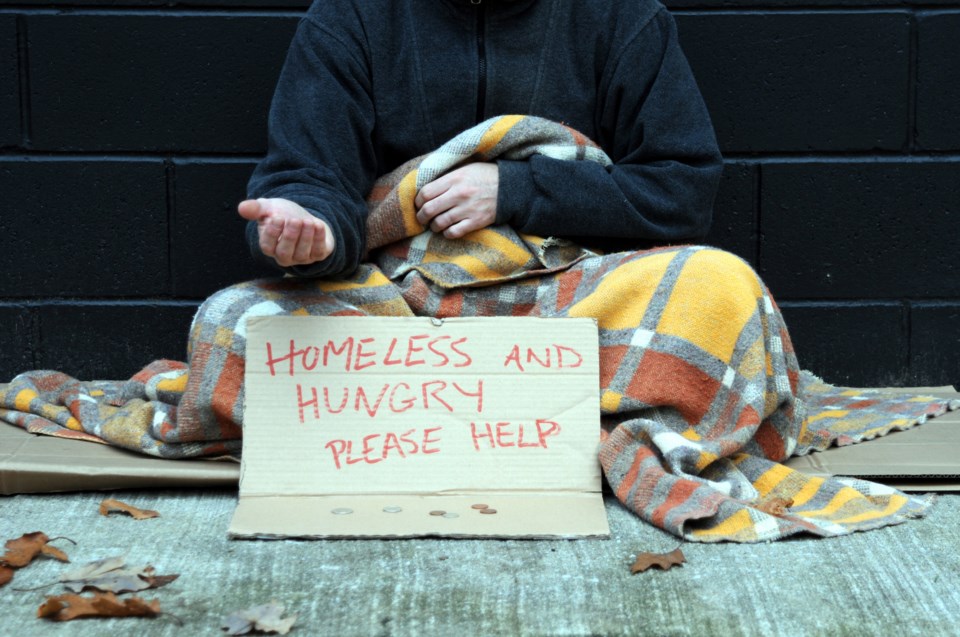This article, written by Jino Distasio, University of Winnipeg, originally appeared on The Conversation and is republished here with permission:
A decade ago, five Canadian cities stepped forward to address mental health and homelessness using an emerging approach called Housing First, which launched in 1992 in New York City. Housing First provides rapid access to independent housing combined with other supports for those with the most chronic issues like mental health and addiction challenges.
Housing First has been shown effective in ending homelessness in American cities like New York, but less was known about whether it could work in Canada.
Canada’s homeless population can total approximately 35,000 persons on any given day.
The At Home/Chez Soi Project (AHCS) launched in Canada in 2009 to explore the impacts of Housing First. Initial reactions were mixed. Policymakers and the general public questioned a program that used taxpayer’s money to give housing and furnishings to persons struggling with mental health challenges, homelessness or addiction.
Others gasped at the $110 million price tag Health Canada allocated to the At Home/Chez Soi Project. The project was a large research project led by academics, which unnerved many given the scale and vulnerability of the population being studied. The intent of At Home/Chez Soi was to test the American Pathways model in Canada to see if the successes observed in New York could be replicated.
So, what happened to the At Home/Chez Soi project and the $110 million? And where did Canada end up in its approach to ending homelessness?
Looking back
Before 2009, few Canadian cities had developed plans to end or reduce homelessness; they struggled with action or innovation beyond the use of shelters that provided a place to sleep and a meal.
Nationally, federal funding did not focus much attention on root causes or preventative approaches either.
Homelessness changed in two fundamental ways in the mid-2000s. First, in 2006, then-senator Michael Kirby released “Out of the Shadows at Last” — a report which highlighted the struggles of those living with mental illness. Kirby’s report said they said they felt buried in systems not designed to address the complex needs of people experiencing homelessness.
That same year, Malcom Gladwell portrayed Murray Barr, a homeless veteran on the streets of Reno, Nev. Gladwell’s article in the The New Yorker, “Million Dollar Murray,” helped policymakers and others understand both the human struggles and the massive economic costs of homelessness.
The rise of Housing First
By the early 1990s after a decade-long rise, New York City’s homeless population exceeded 20,000. The result was increased signs of human distress, addiction and mental health challenges. These had become more acute and harder to address in a high-cost city that lacked the appropriate resources.
In 1992, New York City launched its Housing First model: Pathways to Housing. Led by Canadian psychologist Sam Tsemberis, Pathways to Housing showed great promise in getting the hardest to house off the streets and into stable, long term, permanent accommodation.
Pathways worked by offering access to a range of supports, dedicated case management and rapid access to housing. This combination proved more effective than traditional approaches.
In the old model, clients would normally have to earn their way back into independent housing and prove they were clean of drugs. Housing First changed this and used a harm reduction approach instead. It also included the provision of permanent housing as a means to work with clients on issues. The housing itself acted much like a form of treatment.
The Canadian experiment: At Home/Chez Soi
In 2009, Moncton, Montréal, Toronto, Winnipeg and Vancouver launched a comprehensive Canadian version of the Pathways model. The intent was to adapt the American approach and collect information on whether the findings would hold in the Canadian context.
In the decade since the launch of At Home/Chez Soi, the number of cities using Housing First increased dramatically from just over five to approximately 70. As well, both the National Housing Strategy and the federal Reaching Home program both consider Housing First as foundational to ending homelessness.
The effective results of At Home/Chez Soi are well documented. It has been shown to offset the average cost of homelessness in Canada of $55,000 per person. The approach has helped more than 1,000 Canadians move into safe, stable and affordable housing, with many remaining a decade later.
In each of the five cities, practitioners and academics tinkered with the American mechanics of the model to create localized approaches. In Winnipeg, a strong Indigenous approach emerged. Winnipeg brought together community-based organizations, health agencies and academics to work collaboratively to align the model with the needs of the local Indigenous and non-Indigenous populations.
This past month, The Institute of Urban Studies at the University of Winnipeg, in collaboration with members of the Winnipeg At Home/Chez Soi team and Indigenous Elders, released its report. The researchers emphasize the importance of the leadership of the local community to help localize complex health interventions.
The Winnipeg model demonstrates that when communities use their existing skills and knowledge and combine that with a strong tool-kit like At home/Chez Soi, they can help to address the needs of local populations and go a long way to curbing homelessness.
Canada has not ended homelessness yet. But many more communities have better tools to address issues in more meaningful ways than they did just 10 years ago.
Jino Distasio, Professor of Geography and Vice President of Research and Innovation, University of Winnipeg
This article is republished from The Conversation under a Creative Commons license. Read the original article.



